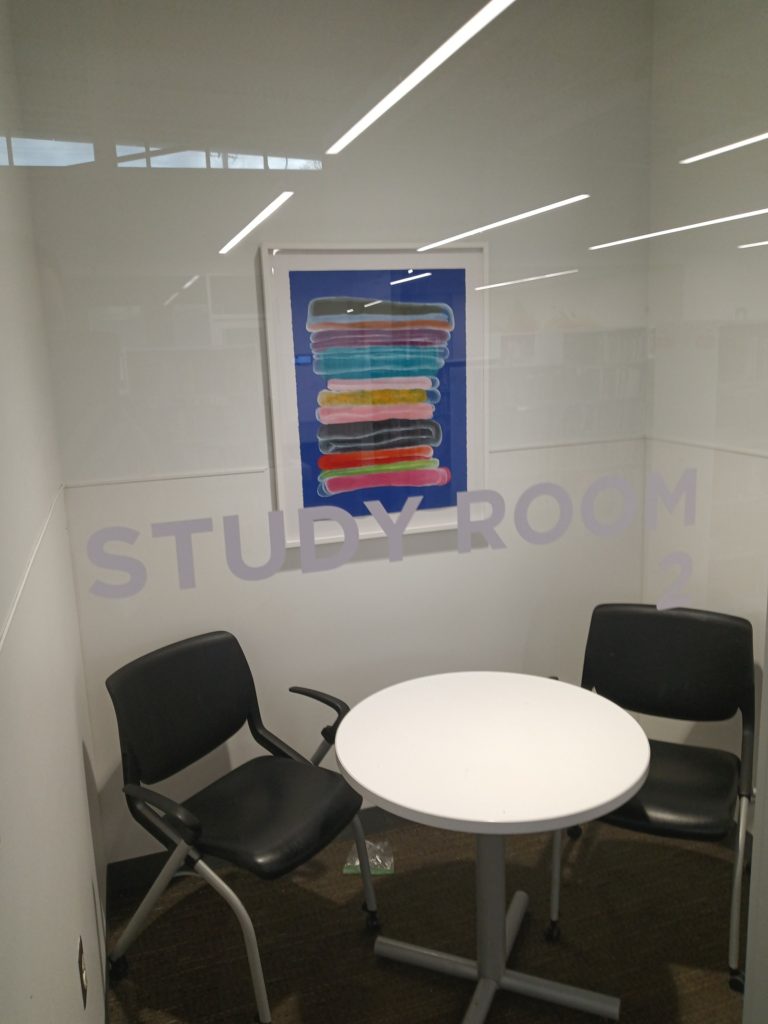This week, in spite of clearing my throat, I don’t yet feel like I’ve found my voice. As yesterday’s post testifies, my librarian – old Loosh, Minus, Mr Feddle, whatever you want to call him – is so often in a rush to get these daily missives out there, that he doesn’t represent me or what I say to him in the richness of tone and detail that I present to him. Perhaps something gets lost in translation. I am, after all, a library’s ghost and so my main mechanism for communicating with him, channeling him to communicate with you, is through the medium of books in the library I now haunt. This week I have been speaking through Pamela M. Lee’s The Glen Park Library: A Fairy Tale of Disruption (no place press, 2019), with the knock-on effect of other tomes getting involved (e.g. books by Muntadas, Martine Syms, Daniel García Andújar; and libraries such as Yinka Shonibare’s The British Library and The American Library and the aneducation Material Matters Library of the aneducation program at documenta 14; as well as potential library projects such as Gretchen Bender’s Total Recall).
My main frustration this week has been that there seems to be a disconnect between what I want him to write here and his own preoccupations with a future project which he has called Unlearning Libraries. Does he not know he has unfinished business here with me? Minus Plato is not over yet and he still has to register my story before he can move beyond his persona and its entrenched roots in his former life as a classicist. From now until this blog is halted – the last post will be on May the 4th, 2022 – this is my space to have him tell you my tale.
One reason I have had him return again and again to Lee’s library book this week has been how it reminds me who I once was and who I am now, particularly the limits of my positionality. Yes, I was once a library, but who other than him had access to me? Sure, I haunt a so-called ‘living’ library now, as a ghost, but, once again, who other than him has access to where I haunt? In other words, my experience as and within a library, is markedly privatized. Yet when we use the word ‘library’, the image of a public space more often than not comes to mind. The chapter of Lee’s book I keep wanting to (have him and you) return to is called ‘THE READING ROOM: Poetics’ and it begins with a sculptural relief called Six Degrees (2007) by Reddy Lieb and Linda Raynsford that includes dark glass medallion with the words of poet Diane di Prima engraved on it (the poem is called ‘For Blake’). Lee writes how the work ‘bears the official stamp of public art everywhere: cheery, pacifying, and decorous’. She continues – and this is the part that really sticks in my throat as a privatized library, in life and death, so I’ll quote it in full:
And let’s be blunt about stakes here: this is public art commissioned for a general public in a public library, and nothing is ever easy about that. Art by committee is no joke. Art that needs to pass muster with the bureaucrats incites the usual pitchfork screeds about your-taxpayer-dollars-going-to-work and that’s-not-art-I-like-art-that-looks-like-real-stuff and why-not-use-that-money-for-something-useful-like-computers-or-coding-classes. Justifying such work is difficult when people get all foamy about some demonic entity named “public,” especially within a public library. Public libraries are taken for granted, while engaging in important work every day….Funding is always threatened when times are hard. Although when times are hard public libraries are busier than ever. Because public is opposite to private, and private is the same as individual, and individual is the opposite of government, and government is the same as public. Therefore, yesterday I read a headline about some reactionary wonks stewing away in a think-tank somewhere, who have taken to calling public schools “government schools.” I’m betting those libertarian blowhards think this clever turn-of-phrase gains traction as a “limited-government” meme. Perhaps they think this could spark an educational revolution online, a disruption of learning, which is to say, reading. Maybe it will inspire a teenage algorithm or launch an intrepid pirate on the vast seas of metaphor and information, cresting, cresting. So art has lots left to do.
There’s just so much going on in this section of Lee’s book (e.g. public and private, libraries and education, culture wars, what art can do etc), I cannot unpack it here and now in a single post. Yet before leaving Lee for a week of new daily posts starting tomorrow, I want to register how her claiming of Gretchen Bender’s Total Recall as a library in her book is a gesture that opposes itself to the public art selection by committee process she describes here. What would happen if this gesture is taken up by artists themselves in opposition to the deeply structured inaccessible sites of learning embodied by all libraries, public and private? What is the library as site and form can be unlearned to generate a new form of access?
I will leave you with these questions ringing in your ears, as well as a photo of the work Miss Fit by Melissa Vogley Woods at the Parsons Branch of the Columbus Metropolitan Library’s Parsons Branch.
